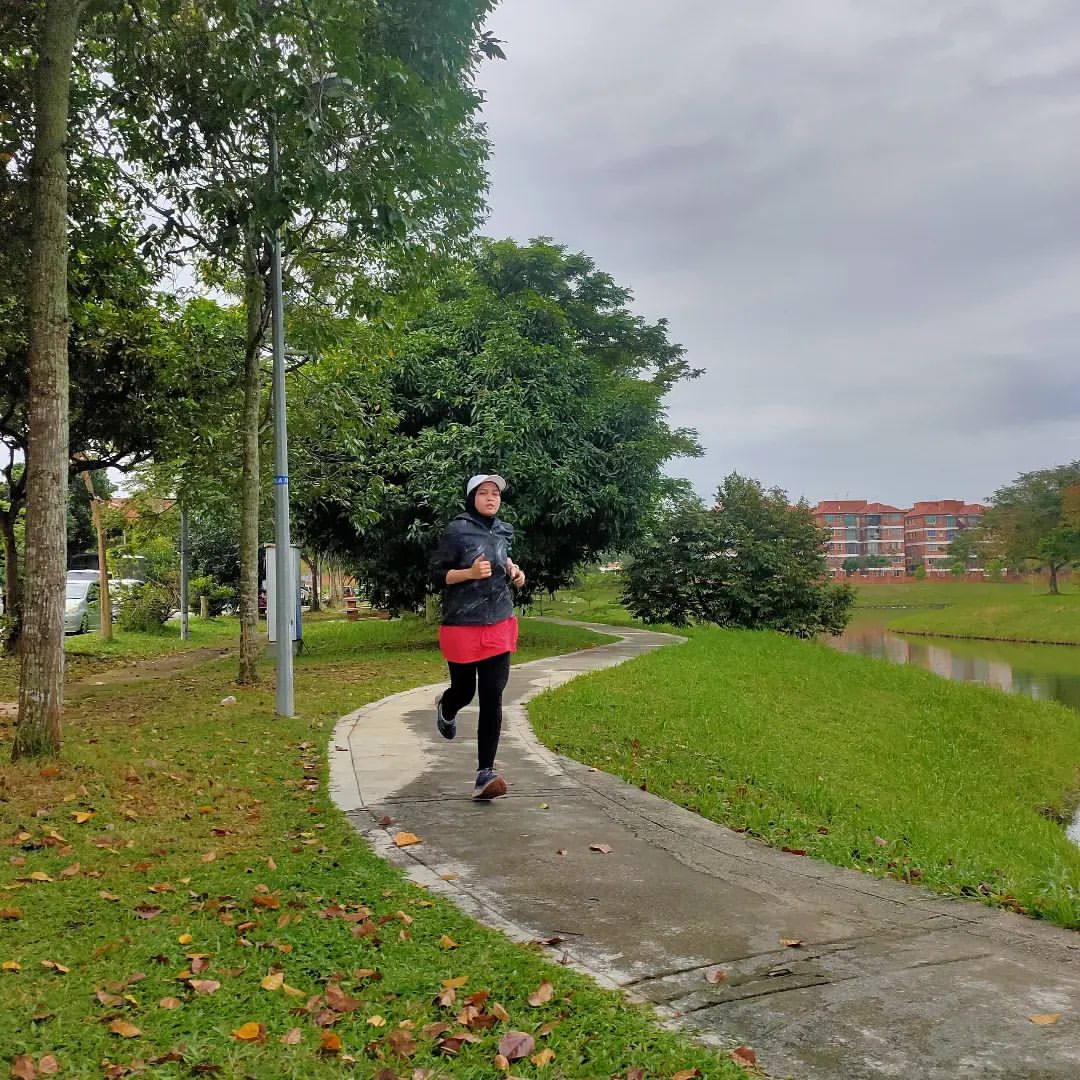Picture this, it is a beautiful summer morning. You started hiking a peak. Everything is going well, you exercised well, take breaks and hydrate yourself frequently. Suddenly, you’re breathless, you are coughing, and wheezing and find yourself struggling for life. You’ve had an Asthma attack! People around you are panicking and don’t know what exactly to do.

An inhaler that has been previously prescribed to you should help you. The attack should end after pausing and taking the medicine, allowing you to continue trekking. What if, though, this is your maiden attack or you forgot to carry the inhaler?
Table of Contents
What is Asthma and how does one get Asthma?

The widespread, chronic inflammatory disease known as asthma affects the airways in your nose, upper respiratory system, and lungs. Usually, it begins in early childhood, seen between the ages of 3 and 5. In adolescence, it may get better or worse. The most frequent causes are the common cold, pollen, animal hair, fur, environmental contamination, irritating dust, and fumes.
Wheezing, chest constriction, coughing, and occasionally severe breathlessness that is aggravated at night are the typical symptoms of asthma. You get a sense of being choked and unable to breathe.
Exercise in warm, humid air has a lower risk of triggering asthma attacks than an exercise in cold, dry air. As a result, if you have asthma, stay away from environments that are dusty, polluted, extremely cold or dry.
Through inhalation, inhalers deliver medicine to the lungs. Each type of inhaler has a different delivery system and medicament. Inhalers often aid in managing asthma symptoms over time as well as relieving symptoms during an asthma attack. To find out which inhaler is appropriate for you, consult your doctor. For asthma brought on by activity, a doctor will frequently prescribe an albuterol inhaler. A different medication may be prescribed by your doctor if an albuterol inhaler isn’t helping you.
If you have any respiratory abnormalities before hiking the route, see a doctor. Whether or whether it has been a while since your most recent attack if you have been diagnosed with asthma, carry an inhaler with you when trekking, and offer your hiking companion a spare inhaler in case you need it.
Types of Asthma
-
Mild intermittent asthma
You can suffer mild intermittent asthma symptoms, such as coughing and wheezing, up to two days a week. Additionally, up to twice a month, asthma attacks at night are possible.
-
Mild persistent asthma
Mild persistent asthma is the least severe kind and is defined as having symptoms more than twice a week but not every day. Symptoms at night might happen three to four times each month.
Peak expiratory rate (PEF), a measurement of the maximal speed of expiration, is more than 80% of projected or individual best within the first second of breathing out in moderate chronic asthma, as determined by a peak flow metre. They are tested while they are asymptomatic.
-
Moderate persistent asthma
You’re likely to have symptoms of mild chronic asthma every day. Your ability to participate in everyday activities may be slightly limited by asthma flare-ups that last several days. Those who have mild chronic asthma may encounter nighttime sleep disturbances at least once a week, although not every night.
A person’s PEF, as determined by a peak flow metre during the first second of expiration, falls between 60 and 80 per cent when they have mild chronic untreated asthma.
-
Severe persistent asthma
The most dangerous yet rarest type of chronic asthma is severe persistent asthma. You suffer symptoms from this form of asthma every day, all day long. Awakenings at night might happen as frequently as seven times each week. Your regular activities can be severely restricted.
Tips before exercising outside with Asthma-

- Constantly look at weather updates:
The level of polluted air can be increased by hot, humid weather, which can make asthma symptoms worse. Check the weather and the air quality index before scheduling an outdoor workout.
- Never forget to carry more than 1 inhaler!
Carrying just 1 inhaler can never be enough. Trust us with that one!
- Find a place to sit when you start to wheeze before an asthma attack:
Remove your backpack and rest your arms on your thigh with your middle fingertips resting on the tops of your knees to relieve strain on your chest. Practice some breathing techniques after that.
- Slow and steady wins the race:
Don’t start walking or jogging at full speed. First, warm up. Acclimate your body to the heat, mainly if you are leaving a cool setting.
- Safety is the key!
Work out with a companion. Stay close to your house. You need to have quick access to assistance in case of an emergency.
- Do NOT Hike all by yourself:
It is dangerous to do so as you might not find people to help you when you have an asthma attack.
- In the case of Pollen allergy-induced asthma, it is advisable to stay indoors.
Here’s how to respond to an asthma attack brought on by exercise-

- Put a stop to this. Allow yourself some time to stay composed and collect your thoughts.
- Utilise your rescue inhaler twice.
- Ten to twenty minutes after the initial dose, take two more puffs if that doesn’t help.
- If your symptoms persist, get assistance or head straight to the nearby hospital.
Read our blogs:
- Best First Aid Kit For Hiking
- How to Prepare for Trek – Exercises for Trekking!
- How To Protect Yourself From Sunburn at High Altitudes?
Have any doubts? We shall clear it for you, Shoot your doubts in the comments section!




Thanks for the blog.Nice to know about to trek with asthma information.